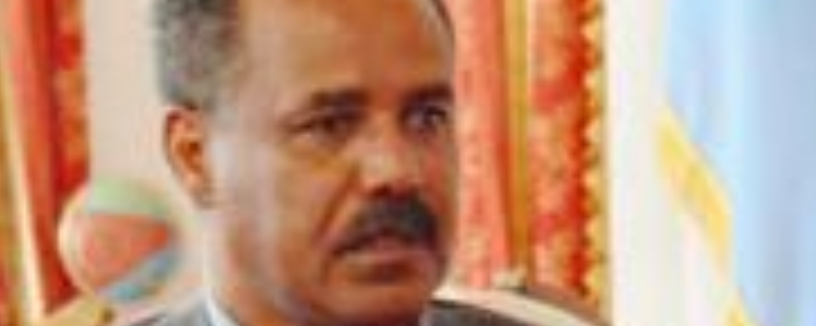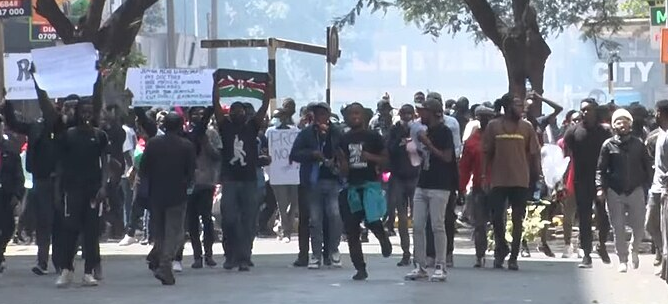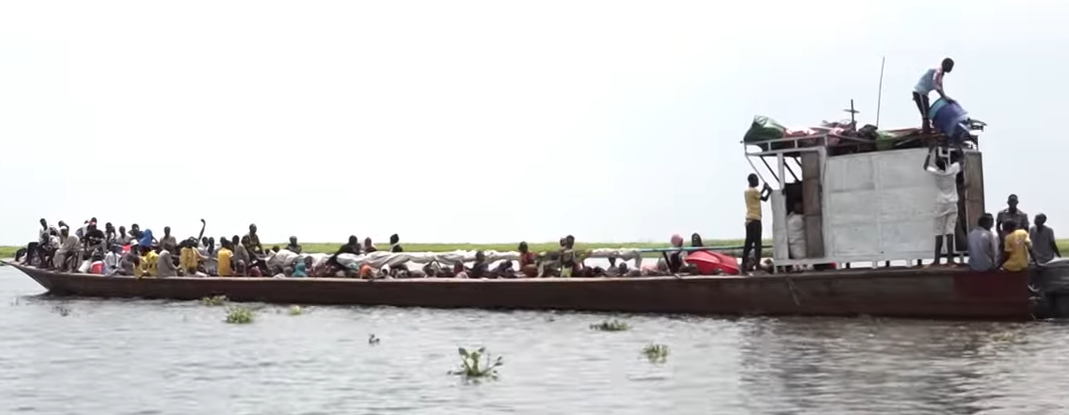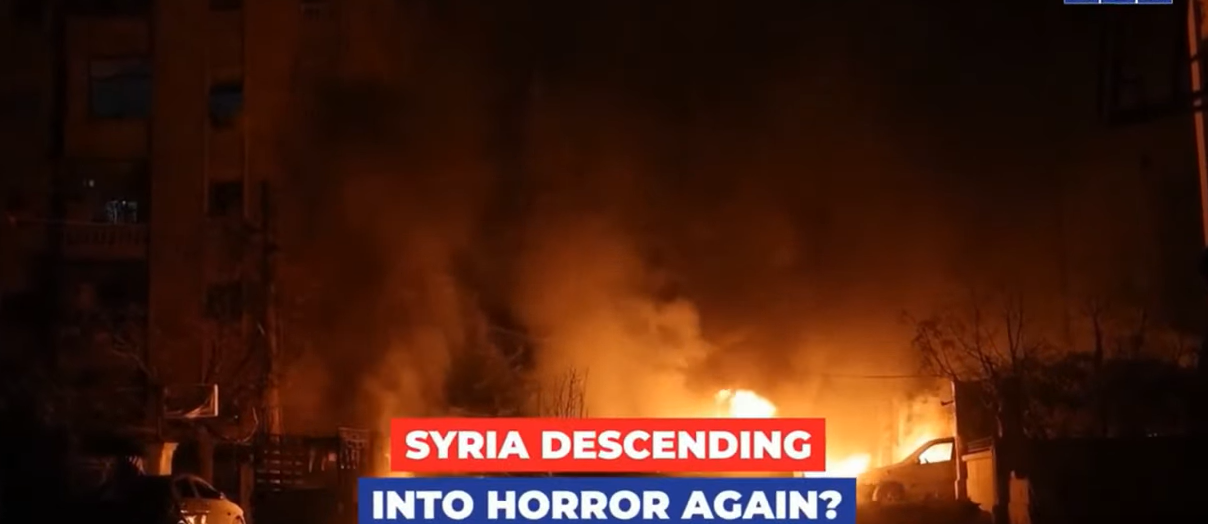Eritrea’s Isseyas Afeworki has not yet responded to Ethiopia’s offer.
Peace between Ethiopia and Eritrea is needed for the peoples of both countries, and for the Horn of Africa as a whole. Twenty years after the bloody war erupted in May 1998, peace is long overdue. But the starting point for that peace must be a broad vision of our shared history and our common future. At a time when the region faces unprecedented threats from a world order that is turning against the principles of common security, the peaceful resolution of disputes between neighbours is needed more than ever.
It is a bold move by EPRDF Executive Committee to promise that Ethiopia will implement unconditionally the decision of the Ethiopia-Eritrea Boundary Commission, withdrawing from territories awarded to Eritrea by the EEBC. Certainly, I value the potential for unilateral actions to unlock a frozen conflict, and create a new dynamic in which solutions can be found.
Ethiopia’s aim must be a comprehensive peace that addresses the needs of the Ethiopian people, and the region as a whole—including Eritrea. The gesture for peace is one matter; the practicalities of making it workable are complicated.
There are some critically important technical and legal issues in implementing the Algiers Agreement. To begin with, it is not just a matter of accepting the EEBC’s delimitation .
There is a crucial difference between delimitation on the map (as the EEBC has done) and demarcation on the ground. According to the Algiers Agreement, the UN Mission in Ethiopia and Eritrea (UNMEE) was deployed to monitor the Temporary Security Zone pursuant to the Agreement On Cessation of Hostilities, was also supposed to support the demarcation process. But in 2008, because UNMEE’s operations had been rendered impossible by Eritrean obstruction, the UN decided to terminate the Mission. The task now falls exclusively to the two parties, Ethiopia and Eritrea. But, as the EEBC itself noted, there are inconsistencies and complexities in moving from delimitation to demarcation.
The boundary is still an arbitrary one that runs across fields, villages, mountains and rivers. Concrete boundary markers will need to be erected on the ground. What happens if the line runs through a village, even a house? What happens if the two sides disagree on where a boundary stone should be located, even by a few metres? And most important of all, what happens to the people who live in the area? There can only be peace if the people on both sides accept and cooperate with the implementation.
It is evident that the withdrawal and demarcation requires the cooperation of both sides: ongoing, detailed communication at every level from the field commander to the highest level of government. Or terrible errors could occur.
What about those parcels of land which are to be ceded to Ethiopia, such as in Tsorona, where the inhabitants identify themselves as Eritreans? Demarcating the border on the ground only makes sense for the border communities if there are also agreements on private property ownership, on free movement and use of natural resources, and a host of other matters that are commonplace in the ‘soft borders’ that are now standard practice across Africa.
The demonstrations in Badme show that the people who live on the border are justifiably concerned that they have not been consulted. The slightest misunderstanding could lead to conflicts.
And of course the boundary isn’t the only outstanding issue in the Algiers Agreement. There is also the Claims Commission, which included an investigation into how the war started. This finished its work and concluded that Eritrea had committed aggression against Ethiopia in May 1998, in violation of Article 2, paragraph 4, of the Charter of the United Nations and thus Ethiopia should be compensated. Above and beyond what is said by the Claims Commission is the fact that Eritrea had violated and gutted the cessation of hostilities agreement. Eritrea, therefore, has no credibility claiming it is the one that is scrupulously adhering to the Algiers Agreement.
It all works as a package. And following the implementation of the Algiers Agreement, there are other issues that should also be discussed, such as future economic and infrastructural cooperation, and a common approach to the peace and security challenges of the region.
We won’t find answers to our common challenges by arguing about exactly where the boundary lies. But we won’t get to discussing these critical issues unless we can handle the border in a technically proficient manner.
It is desperately sad that the many crucial issues facing the two countries should be reduced to the small matter of exactly where the boundary lies. This wasn’t why the Eritreans fought for independence and why Ethiopian progressives made common cause with their fight against oppression and injustice.
I met Isseyas Afeworki several times during Eritrea’s war of independence. The first occasion was in 1990, in a cave near the front line at Afabet. He warmly welcomed me as an Ethiopian, and said, let us first deal with our hundred years of contested history by achieving self-determination, and then we can acknowledge the 3,000 years of common history that we share. The second time was in Khartoum. I raised with him the worry that an independent Eritrea would deprive Ethiopia of its access to the sea. Isseyas was irritated that I would argue over Assab: he asserted that the port of Assab only makes sense if it is connected to Ethiopia, and that Eritrea would have no other use for it. He even suggested that it could be leased to Ethiopia for years.
I also remember at the celebration of Eritrea’s independence in May 1993, when PM Meles Zenawi spoke passionately about how the war had been so tragic for so many people, and how with Eritrea’s independence, we could at last look forward to a bright future for both people. Many of the Eritreans in the audience were so moved to hear these words coming from an Ethiopian leader, that they wept.
The Eritrean struggle was an inspiration for Ethiopian progressives, introducing many of us to the principles of self-determination and popular struggle. In the 1990s, the independence of Eritrea would have been far, far harder without a government in Addis Ababa willing to be the first to recognize it as a sovereign state.
The wars for liberation were fought for high ideals, and for the transformation of both countries. The shared aim was to create new relationships, not to enforce borders. Across Africa, people and governments recognize that the lines drawn on the map by the colonial powers over 100 years ago are artificial, and the much more people-friendly ‘people’s borders’ should be encouraged. As President Thabo Mbeki has said, the peoples who live in border zones are like scrambled eggs; they cannot be unscrambled by enforcing a boundary.
The ideas that the war between Eritrea and Ethiopia was solely over a border, and can resolved solely by demarcating that border, are absurd. The boundary dispute was part of the problem and was the flashpoint that started the fighting. But, as the official investigation established by the Algiers Agreement found, the reasons were more complex. The idea that it was necessary to fight to the death over the border, was frankly absurd. Less than 30 percent of Africa’s interstate boundaries have been demarcated. There are over 270 interstate boundary disputes around the world. But resolving borders by force is unacceptable: disputes can be resolved by negotiation.
We can see the legacy of this needless war all too clearly. As well as the enormous tragic loss of life and disruption to the lives of so many people; as well as the estrangement between two brotherly peoples; we have the narrowing of the vision of the leaders to a narrow-minded focus on the colonial boundary. It is a primitive, distrustful instinct that makes us retreat to an obsession with this border.
President Isseyas has not yet accepted the Ethiopian offer. He is perpetuating the absurdity of the unresolved conflict, and in his stubbornness and arrogance, is showing that the issue at stake is much larger than the border. Little, it seems, has changed from 20 years ago. One reason why the first mediation during the 1998 war, by the United States and Rwanda, failed was that it didn’t address the devil in the details—details beyond the border. The US and Rwanda proposed a return to the status quo ante and then referring the border to arbitration. If the dispute were just a border issue it could have been resolved right there.
Presumably Isseyas is taking a tough line in bargaining because he thinks that the new government in Addis Ababa is weak and he can gain further concessions. He may also be worried that if he makes peace with Ethiopia, his long-standing pretext for a state of emergency and full military mobilization will be gone, and he will have to resume the process of adopting the constitution so painstakingly drawn up in 1997, which has never been implemented, and which would of course open up the country to free speech, rule of law and democratic elections.
Isseyas’s view of Ethiopia hasn’t changed in the last twenty years. When the war began the Eritrean leaders described Ethiopia as ‘an overdressed Zaire.’ President Mobutu had just been overthrown in a lightning military campaign, his entire state collapsing around him. Two decades on, Ethiopia hasn’t collapsed like a rotten log, rather it has grown far more prosperous and strong. Ethiopia is a dynamic society, undergoing rapid changes. There are imperfections and strains, as are to be expected in a complicated, fast-developing country. But meanwhile Eritrea has stagnated, losing the cream of its people in a stream of refugees—many of them coming to Ethiopia. Eritrea’s universities are closed, its secondary schools send their graduates straight into the army, it has the largest outflow of refugees relative to its size of population of any country in the world.
Ethiopia can be bigger than that: it can and must take the lead in defining the agenda of peace.
The EPRDF has made the first move: a dramatic unilateral opening to Eritrea. President Isseyas sees this as a sign of weakness, not a sign of strength. The next step is for Ethiopia to put all its detailed concerns on the table: all the matters agreed in Algiers, plus an agenda for how to normalize political and economic relations and resume the 3,000 years of common history. We should not become obsessed with the border—Eritrea’s agenda—but persist with the broader vision. We should insist that the international norm for resolving conflicts such as this is to meet unconditionally and put all concerns on the table for discussion.
Ethiopia must insist that the Algiers Agreement is implemented in its entirety, and that the specifics of demarcating the border and withdrawing troops in an orderly fashion, taking account of the concerns of the people living in the border areas, is done in the correct manner.
That would show that Ethiopia is strong; that it is setting the agenda in a comprehensive, principled and correct manner, and that it is not going to be dragged down into a contest over a narrow definition of the problem. That would turn the tables on Isseyas, challenging him to allow a new political dynamic in Eritrea, and taking away the fear of Ethiopia that he has been using to muzzle his people.
The witnesses of the Algiers Agreement are the African Union, the United States and the European Union. They should also be reinvigorated to deal with the issues in a comprehensive manner, so as not to miss this chance for peace.
But there is something even more important. We cannot leave peace to the leaders alone. We need a citizens’ movement for peace that can appeal beyond governments to the people of the two countries. It is incumbent on all of us to change the narrative of the relationship from the narrow concern with border to something much bigger: the future of the two nations.
Ethiopia is a large and plural nation. Peace with Eritrea is not just a matter for our government: it is a matter for people themselves. Ethiopian citizens must do their part: we must mobilize for peace, and especially we must mobilize to build bridges with the Eritrean citizens who have been longing to reconnect with Ethiopia for so long, and to enjoy the fraternal relationship . It is the strength of the Ethiopian people, and our commitment to peaceful dialogue and understanding with the Eritrean people, that will truly bring peace to our countries.







